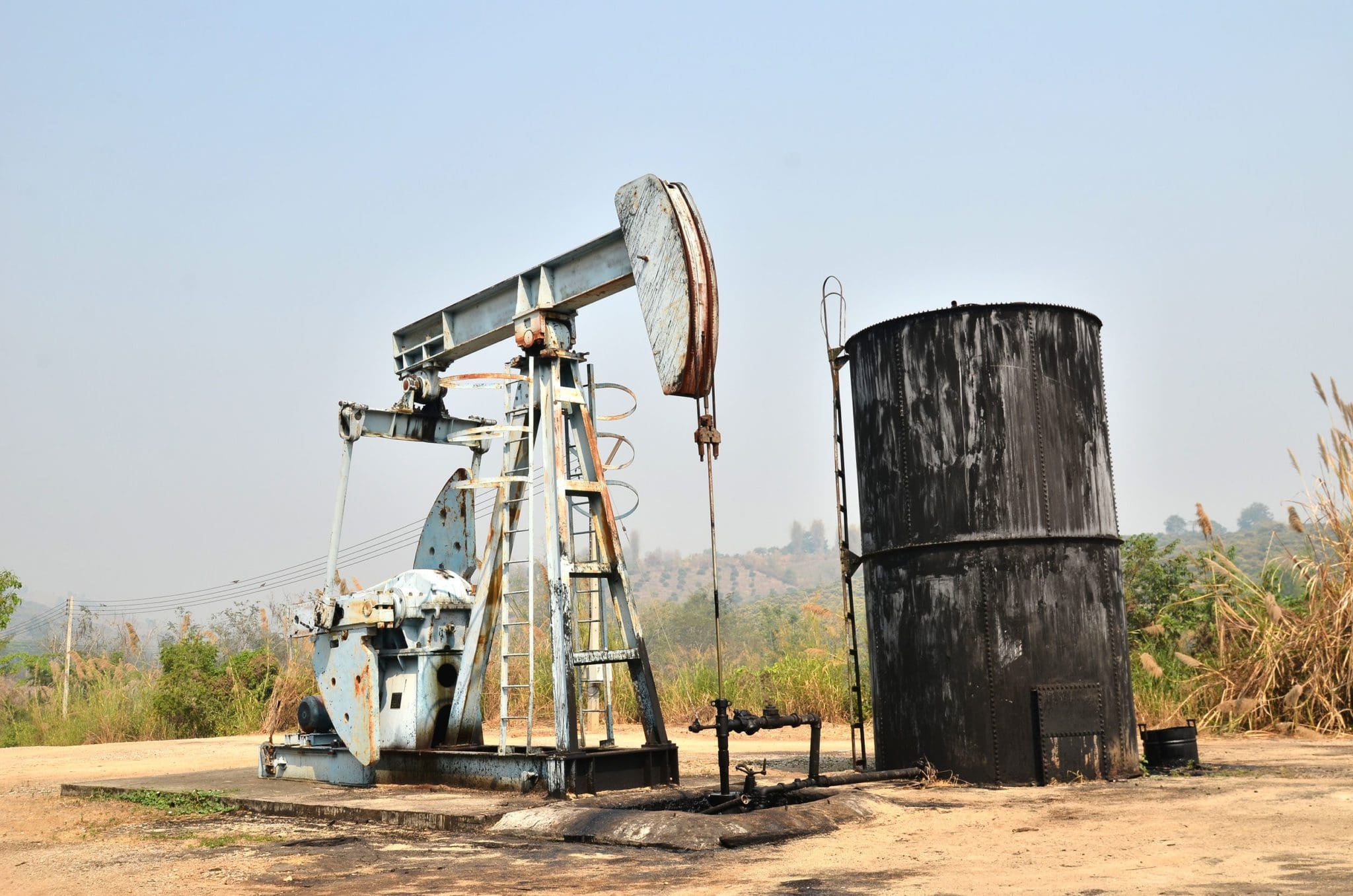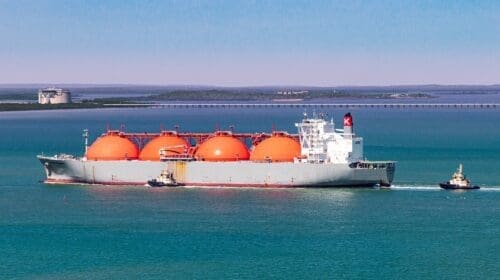America’s petroleum industry celebrates its 158th anniversary on Sunday.
The American Oil and Gas Historical Society (AOGHS) reports that Seneca Oil Company hired former railroad conductor Edwin L. Drake to drill an oil well in Titusville, Pennsylvania, which produced oil on Aug. 27, 1859.
The well was drilled to a depth of 69.5 feet, and it initially produced 25 barrels a day, the first well to produce oil in commercial quantities. Although earlier “spring pole” and cable-tool drillers of brine wells had found small amounts of oil – an unwanted byproduct – Drake specifically drilled for it. His investors wanted to refine the oil into a highly demanded new product, kerosene, according to AOGHS web site.
“Drilling at Oil Creek, Drake pioneered new drilling technologies, including a method of driving an iron pipe down to protect the bore’s integrity,” according to AOGHS. “But after five months of financial setbacks and drilling problems, the locals called the well ‘Drake’s Folly.’ To improve his reputation, Connecticut investors addressed their letters to ‘Colonel’ Edwin Drake,” according to AOGHS.
The Drake Well inspired more people to take the risk to drill for oil, which led to more discoveries and more oil production. The result was more business ventures in drilling and production, transportation of crude oil from the well to locations where it could be refined, and later marketed to consumers.
The Drake Well is located in northwestern Pennsylvania, Venango County, on the east bank of Oil Creek, which got its name because of natural seeps of the shallow deposits of oil that frequently flowed in the water.
Drake hired a blacksmith and salt-well driller, William Smith, to help with the drilling. An engine house and derrick were constructed, and Drake purchased a steam engine, which was used to ram the drill through the soil. Drilling was slow, expensive, and challenging. The drilling rate was only three feet per day. As drilling deepened, groundwater was encountered, which caused the walls of the well to collapse. Drake placed cast iron pipe down the hole. Drake investors in Connecticut became frustrated and decided to pull their financial support in April 1859. Drake had to borrow $500 to keep drilling, which culminated on August 27.
Problems continued. The structure caught fire in October 1859. It was totally destroyed, but Drake rebuilt it a month later. The financial success of the well was questionable. After initially producing a reported 25 barrels per day, production declined 12 to 20 barrels per day. The well ceased production in 1861, and the property sold in 1864.
A museum was constructed to commemorate Drake’s endeavor, and it sits on 22 acres surrounding the location of the Drake well.
AOGHS also noted that the Texas oil industry celebrated an anniversary recently. The University of Texas received its first oil royalty payment ($516.53) on Aug. 24, 1937 three months after the Santa Rita No. 1 well discovered an oilfield on university-owned land in the Permian Basin.
After 21 months of difficult drilling, the Texon Oil and Land Company’s well had revealed the 4.5-square-mile Big Lake field. Within three years of the discovery, petroleum royalties endowed the university with $4 million.
In 1958, the university moved the Santa Rita well’s walking beam and other equipment to the Austin campus. A student newspaper described the historic well as “one that made the difference between pine-shack classrooms and modern buildings.”
Royalties from oil and gas on state owned lands in West Texas fund the Permanent University Fund for the University of Texas and Texas A&M systems and the Permanent School Fund for public schools with assets of more than $30 billion.
Alex Mills is President of the Texas Alliance of Energy Producers. The opinions expressed are solely of the author. For more interesting information about the oil and gas industry, go to the American Oil and Gas Historical Society’s web page, www.aoghs.org.
Alex Mills is the former President of the Texas Alliance of Energy Producers. The Alliance is the largest state oil and gas associations in the nation with more than 3,000 members in 305 cities and 28 states.












